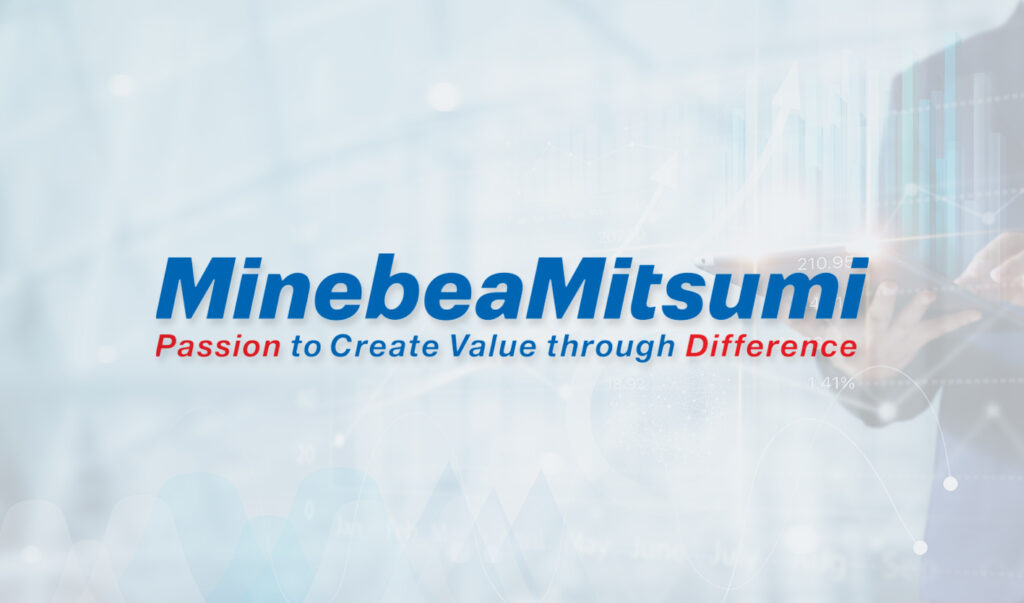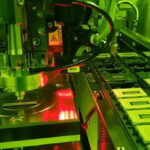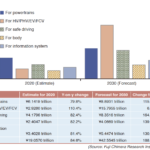ASIA ELECTRONICS INDUSTRYYOUR WINDOW TO SMART MANUFACTURING
MINEBEA MITSUMI Acquires Hitachi’s Power Business
MINEBEA MITSUMI Inc. has acquired the shares of Hitachi Power Semiconductor Device, Ltd. (Hitachi) from Hitachi, Ltd. Accordingly, Hitachi Power Device will become a subsidiary of MINEBEA MITSUMI. Further, it will acquire the overseas sales related to the power device business of the Hitachi group from Hitachi.

Reason for the Acquisition of Shares and Business
Basically, the Company’s strategy is to identify the products as core business, which it calls “Eight Spears”, in which it can demonstrate its strength. Among them are super-precision processing technologies and mass production technologies. Also, these businesses are not easily eliminated from the market, thus providing customers with new values by INTEGRATION*1.
Specifically, its analog semiconductor business, which also covers power semiconductors, is one of the “Eight Spears.” In addition to lithium-ion battery protection ICs, power management ICs, timer ICs, MEMS*2 sensors, magnetic sensors, and automotive memories, the Company aims to further expand the business in the power semiconductor space, including IGBTs*3. Eventually, it will expand its analog semiconductor business and increase the business value to achieve sales of 300 billion yen by 2030 from 80 billion yen at present with the help of M&A.
Hitachi Power Device is a semiconductor manufacturer that provides power semiconductor products. Specifically, these are key devices in the electrification and motorization of industries and social infrastructure. It has established a solid position in a high-growth end market with its highly competitive product portfolio. To achieve this, it produced numerous cost-competitive products that achieve both miniaturization and high performance based on its advanced basic technology assets and module fabrication technology. In particular, Hitachi Power Device has superior technologies and products backed by its strong technological development capabilities in power semiconductors. These include high-voltage SiC, high-voltage IGBT, SG (side gate)-IGBT for EV, high-voltage IC, and diodes for alternators.
As mentioned above, although the Company has been planning and promoting the expansion of its IGBT business, it only involved expansion of the chip business. Moreover, the Company lacked module fabrication technology in the portfolio. Once the Acquisition of Shares and Business are completed, the Company will acquire back-end process technologies and production capacity for packaging and module fabrication. This will allow the Company to deploy a vertically integrated business for power semiconductors covering development through to production harmonizing the Company’s existing traditional chip manufacturing capabilities.
Furthermore, through the integration of technology teams and the INTEGRATION between the unique technologies of Hitachi Power Device, including SG-IGBT, and the Company’s chip manufacturing technology, the Company hopes to unleash the synergy between the power device business and its existing internal operations. These include achieving a performance close to SiC with Si power devices and developing the SiC power device business by leveraging the high-voltage SiC technology held by Hitachi Power Device’s SiC engineer group.
Also, it will strive to become a leader in the power semiconductor market with a competitive edge. The Company has been contracted by Hitachi Power Device as their front-end fab. Today, SG-IGBT is already in prototyping at its Shiga plant. As such, the Company believes that it will be able to incorporate added value from the first day of vertical integration.
Generally, the Company understands that the demand for power semiconductors is increasing not only in EVs, but also in various areas such as GX (green transformation), renewable energy including wind and solar, power and power grids, large transportation equipment including railways, data centers, medical and healthcare applications including heavy ion radiotherapy and MRI, and industrial and machining equipment. In addition to the mass market, by leveraging its unique strengths in the niche markets, the Company aims to realize significant synergies and achieve a growth exceeding 300 billion yen with its analog semiconductor business.
*1 INTEGRATION means “combining” rather than “simple gathering.” The Company will evolve its “core products” by combining and utilizing its proprietary technologies and will create new products in various fields through the INTEGRATON of the evolved products.
*2 Micro Electro Mechanical Systems
*3 Insulated Gate Bipolar Transistor, a type of power semiconductor device




